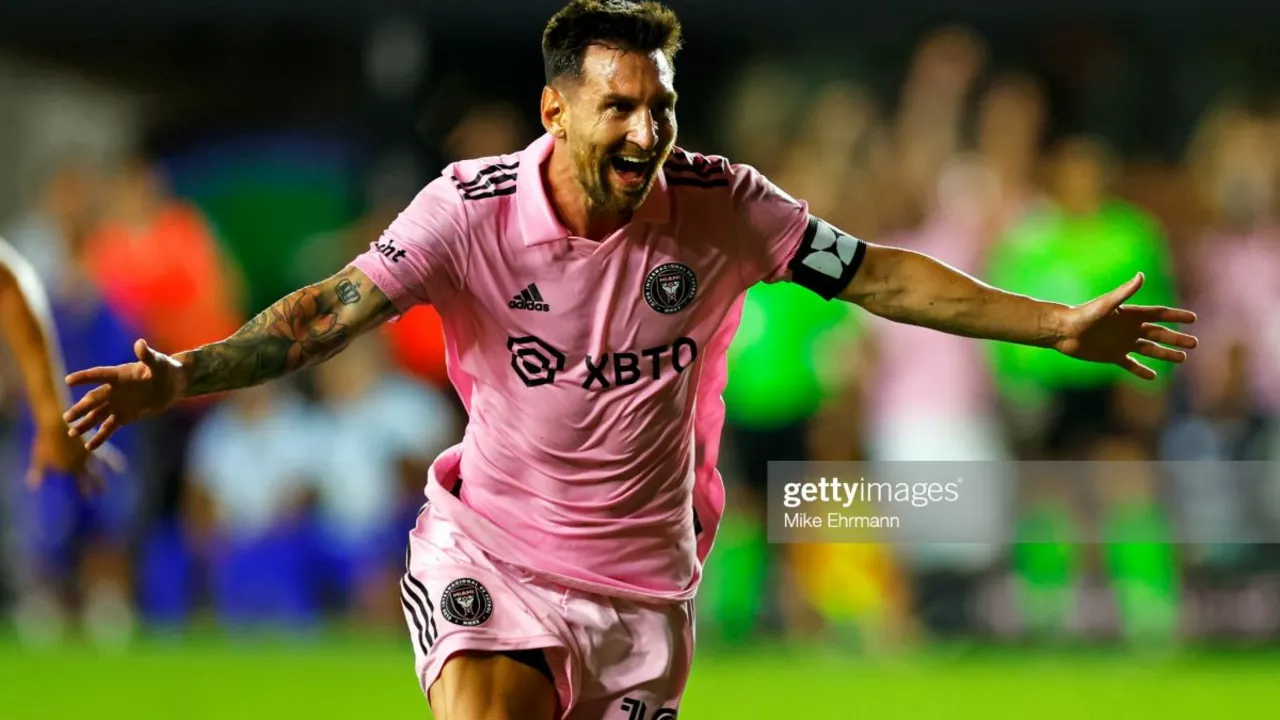Football League: What Every Fan Should Know
Whether you’re cheering from the terrace or watching from home, the football league scene in the UK is full of twists, drama, and money moves. In this guide we’ll break down the basics, peek at the quirky "farmers league" label, and show how private leagues keep the cash flowing. Ready to level up your soccer knowledge?
Understanding Different League Levels
At the top you have the Premier League, then the Championship, League One and League Two. Below that sit the National League and regional divisions. Each step up means bigger TV deals, higher player wages, and tougher competition. Fans often throw around the term "farmers league" when a division is dominated by one or two clubs – it’s a cheeky way of saying the competition feels easy, like a field of hay.
How Money Flows in Private Leagues
Private soccer leagues don’t rely on the FA’s funding. Their wallet fills up from ticket sales, broadcasting rights, sponsorships, and merchandise. A good example is the revenue model behind smaller English leagues that sell streaming rights to niche platforms. They also earn a slice of transfer fees when clubs move players around, turning good scouting into cash.
Speaking of cash, the goalkeeper’s role often looks glamorous, but it’s actually the most dangerous spot on the pitch. Goalies face high‑speed shots, diving collisions, and a higher risk of injuries like sprains and concussions. That danger makes clubs invest heavily in specialized gear and insurance, another hidden cost in the league budget.
If you’re a defender, the right boots can change your game. Brands like Adidas Predator, Nike Tiempo Legend and Puma Future dominate the market because they offer grip, support and durability. Choosing the best pair depends on the surface you play on – firm grass, soft turf, or even indoor pitches.
Fans often wonder how big tournaments get chosen. Take the World Cup 2022: FIFA’s executive committee voted in secret, weighing stadium plans, infrastructure, and financial promises. While the decision sparked debate, it showed how political and economic factors drive league and tournament choices.
Another hot topic is FIFA’s reputation. Critics argue that the governing body focuses too much on profit, neglecting grassroots football and transparency. Those concerns echo in smaller leagues that fight for fair play and community support without a massive governing shadow.
Video game fans notice that Pro Evolution Soccer still lacks licensed teams, mainly because licensing fees are steep. This gap reminds us that real‑world leagues also juggle licensing costs for logos, kits, and broadcast rights – a big part of why some smaller leagues stay under the radar.
Bottom line: the football league ecosystem is a mix of competition, cash flow, and fan culture. Knowing the structure, the money streams, and the quirks – like the "farmers league" nickname – helps you appreciate every match a little more. Keep following, stay curious, and enjoy the beautiful game.
What is the name of Mexico's football league?
Well folks, hold on to your sombreros because we're diving into some fun facts about Mexican football! Or soccer, as my American amigos might say. Now, if I asked you what's the name of Mexico's top-tier football league, would you know? Drumroll, please... it's called the Liga MX! Yeah, you heard it right, Liga MX, amigos! So next time you're at a trivia night and this question pops up, remember the name and thank your friendly neighborhood blogger!
